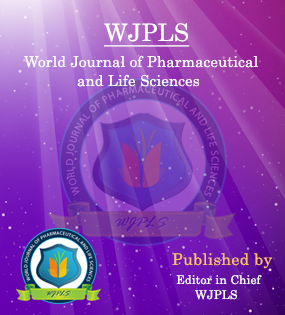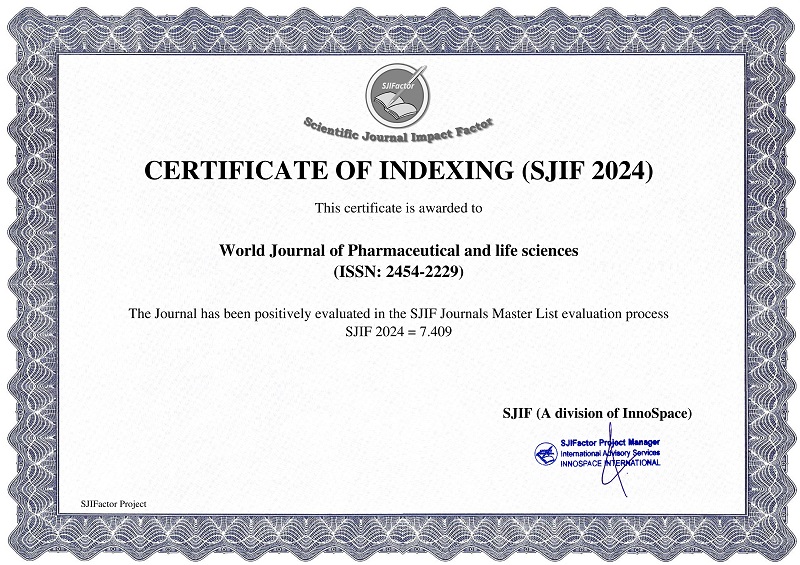Abstract
ARTIFICIAL PHOTOSYNTHESIS
Shaik Munwar*, N. Amaragirilakshmi, U. Sowjanya and Y. Harshika Reddy
ABSTRACT
Artificial photosynthesis is a chemical process that replicates the natural process of photosynthesis, a process that converts sunlight, water, and carbon dioxideinto carbohydrates and oxygen; as an imitation of a natural process it is biomimetic. The term, artificial photosynthesis, is commonly used to refer to any scheme for capturing and storing the energy from sunlight in the chemical bonds of a fuel (a solar fuel). Photocatalytic water splitting converts water into hydrogen ions and oxygen, and is a major research topic of artificial photosynthesis. Light-driven carbon dioxide reduction is another process studied, that replicates natural carbon fixation. Research of this topic includes the design and assembly of devices for the direct production of solar fuels, photo electrochemistry and its application in fuel cells, and the engineering of enzymes and photo auto trophicmicroorganisms formicrobial biofuel and biohydrogenproduction from sunlight. The photosynthetic reaction can be divided into two half-reactions of oxidation and reduction, both of which are essential to producing fuel. In plant photosynthesis, water molecules are photo-oxidized to release oxygen and protons. The second phase of plant photosynthesis (also known as the Calvin-Benson cycle) is a light-independent reaction that converts carbon dioxide into glucose (fuel). Researchers of artificial photosynthesis are developing photo catalysts that are able to perform both of these reactions. Furthermore, the protons resulting from water splitting can be used for hydrogen production. These catalysts must be able to react quickly and absorb a large percentage of the incident solar photons. Whereas photovoltaics can provide energy directly from sunlight, the inefficiency of fuel production from photovoltaic electricity (indirect process) and the fact that sunshine is not constant throughout the day sets a limit to its use. One way of using natural photosynthesis is for the production of a biofuel, which is an indirect process that suffers from low energy conversion efficiency (due to photosynthesis' own low efficiency in converting sunlight to biomass), the cost of harvesting and transporting the fuel, and conflicts due to the increasing need of land mass for food production. The purpose of artificial photosynthesis is to produce a fuel from sunlight that can be stored conveniently and used when sunlight is not available, by using direct processes, that is, to produce a solar fuel. With the development of catalysts able to reproduce the major parts of photosynthesis, water and sunlight would ultimately be the only needed sources for clean energy production. The only by-product would be oxygen, and production of a solar fuel has the potential to be cheaper than gasoline.
[Full Text Article] [Download Certificate]WJPLS CITATION 
| All | Since 2020 | |
| Citation | 590 | 424 |
| h-index | 12 | 10 |
| i10-index | 17 | 14 |
INDEXING
NEWS & UPDATION
BEST ARTICLE AWARDS
World Journal of Pharmaceutical and life sciences is giving Best Article Award in every Issue for Best Article and Issue Certificate of Appreciation to the Authors to promote research activity of scholar.
Best Article of current issue
Download Article : Click here





